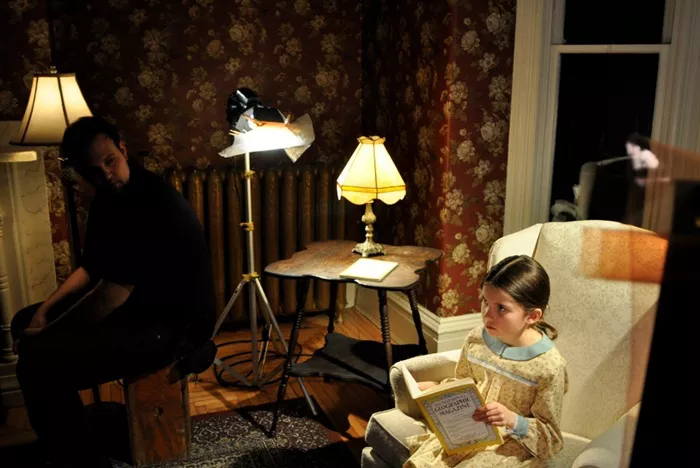Welcome to Poem of the Day – In the Waiting Room by Elizabeth Bishop
Elizabeth Bishop’s poem In the Waiting Room is a powerful reflection on identity, fear, and the experience of growing up. Through a vivid description of a seemingly ordinary event—a visit to a dentist’s office—Bishop explores complex emotional and psychological themes. This article will offer a clear and logical explanation of the poem, focusing on its themes, structure, and key images.
In the Waiting Room Explanation
Summary of the Poem
The poem begins with the speaker, a young girl, sitting in a waiting room at a dentist’s office. She is alone, feeling somewhat nervous and distracted by the sounds of the adult world around her. As she flips through a National Geographic magazine, she comes across an image of a woman in a distant country. This image, along with her physical surroundings, sparks an unsettling realization in the speaker, causing her to reflect on her own identity and place in the world.
The poem takes a dramatic turn when the speaker suddenly feels disconnected from herself, as if she is not the same person who was sitting there moments before. This moment of self-awareness leads her to a deeper understanding of the world and her own place within it, blending themes of growing up and the complexity of human existence.
Key Themes
1. Identity and Self-Realization
A central theme in In the Waiting Room is the search for identity. The young speaker begins as a child, unsure of herself, but by the end of the poem, she experiences a moment of clarity about her position in the world. The realization that she is “not the same person” occurs when she looks at the image in the magazine. This moment of recognition marks a transition from childhood innocence to a more mature understanding of self.
2. Fear and Anxiety
The waiting room setting, typically associated with a moment of waiting or uncertainty, symbolizes the fear and anxiety that the speaker experiences. The sounds of the dentist’s office, the adults talking around her, and the eerie sense of disconnection all create an atmosphere of unease. This feeling is heightened by the sudden, inexplicable shift in her sense of self.
3. The Passage of Time
The speaker’s experience in the waiting room can be seen as a metaphor for the passage of time and the inevitable process of growing up. As she looks at the woman in the magazine, she seems to see her own future—a woman who is part of the world, just as the speaker herself will be. This moment of realization signifies the speaker’s awareness of time and the changes that accompany it.
Structure and Form
Bishop’s In the Waiting Room is a free verse poem, meaning it does not follow a regular rhyme or meter. This free-flowing structure mirrors the speaker’s thoughts and emotions, which are scattered and disjointed in the face of her unsettling realization. The lack of a fixed structure also reflects the uncertainty and confusion the speaker feels as she navigates her personal transformation.
The poem consists of several stanzas of varying lengths, further emphasizing the speaker’s shifting emotional state. Each stanza presents a new aspect of her experience, from her initial discomfort in the waiting room to her eventual self-realization.
Imagery and Symbolism
Bishop uses vivid imagery throughout the poem to evoke strong emotional responses. The National Geographic magazine, for example, serves as a symbol of both the foreign and the familiar. The image of the woman in the magazine is at once distant and intimately connected to the speaker, reflecting the tension between the known and unknown aspects of the self.
The setting of the waiting room itself is also symbolic. It represents a liminal space, a threshold between different stages of life. Just as the speaker waits for her appointment, she is also waiting for the moment of self-awareness that will change her life forever.
Conclusion
In In the Waiting Room, Elizabeth Bishop masterfully captures a moment of profound self-discovery, blending personal experience with universal themes. Through the use of vivid imagery, free verse structure, and careful symbolism, she creates a powerful narrative about identity, fear, and the passage of time. The poem speaks not only to the specific experience of growing up but also to the larger human experience of confronting one’s place in the world.
Ultimately, Bishop’s poem invites readers to reflect on their own moments of self-realization and the ways in which seemingly mundane experiences can reveal profound truths about who we are.


